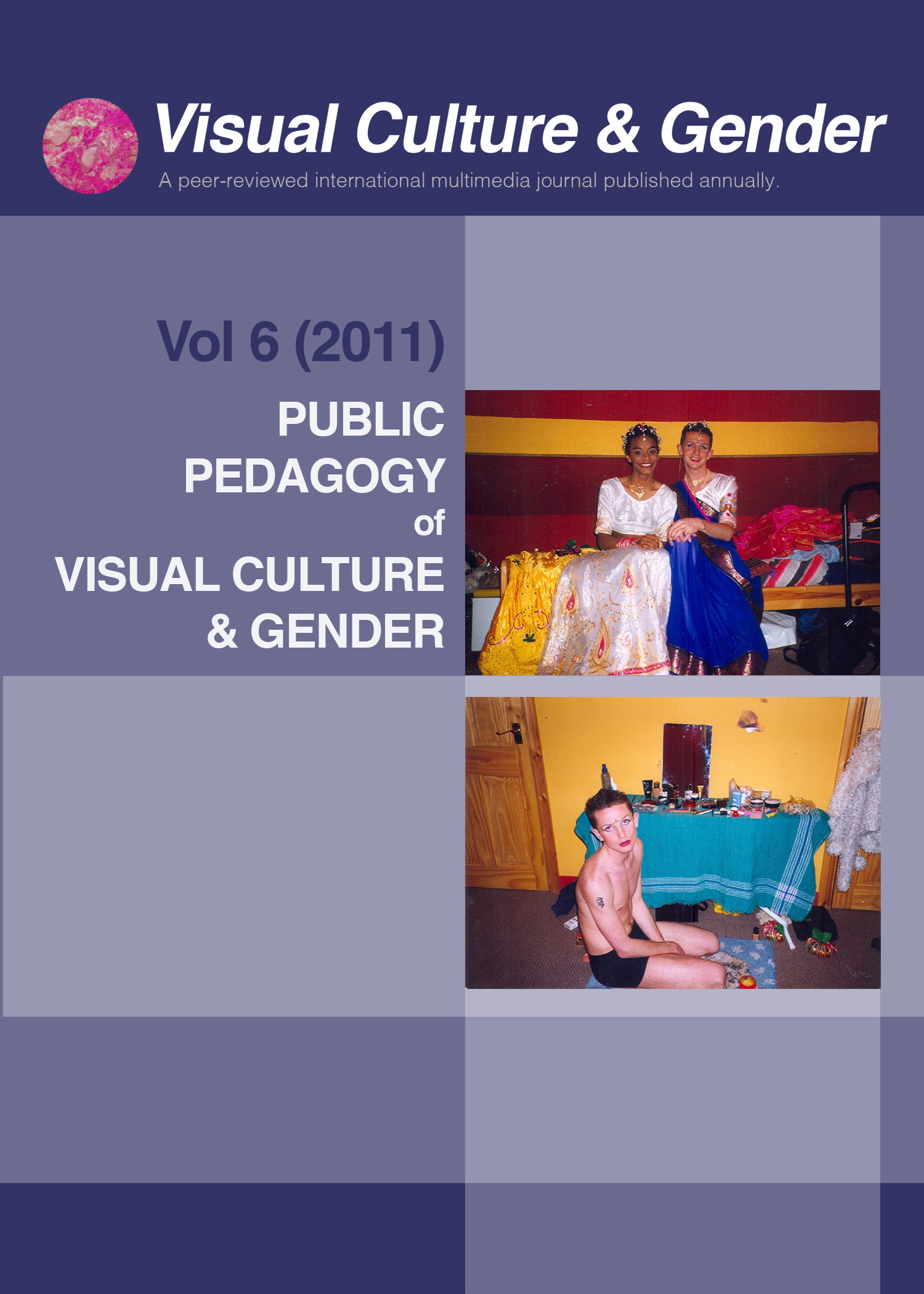My Lived Experience of Anishinaabe Mothering
Abstract
Using an arts-based inquiry has been a liberating experience for me in exploring my lived experience as an Anishinaabe mother. Marrying arts-based inquiry with indigenous autoethnography has had a centering effect on my research. This arts-based autoethnography has opened my heart to meanings that I had not considered. I had never perceived research to be a process where photos and my own story could capture my feelings and contribute to understanding the complexity of mothers as teachers among First Nations people. Using photography was a process of inquiry through my heartfelt passion, where words may have failed me. Wilson (2008) reiterates the importance of “checking your heart,” which he writes is a “critical element in the [Indigenous] research process” (p. 60). He believes that by bringing no harmful intention or feelings to the work we can work from a place of the heart like a ceremony. For me this work has helped me understand myself on another level, which has contributed to my growth as a researcher and a mother. I hope this visual essay will encourage other First Nation mothers to explore their relationships with their children and the complexities amongst our families. What is it that we collectively perceive to be our role as mother? What is our collective lived experience? Do they relate? What are our lived experiences of Anishinaabe Mothers in cities? What about birthing, how do we retain a cultural connection to this sacred life event? Why is this important? These are a few of the many questions that an arts-based Indigenous autoethnography could explore. I share my exploration.


